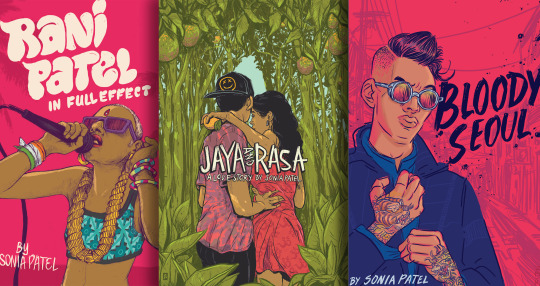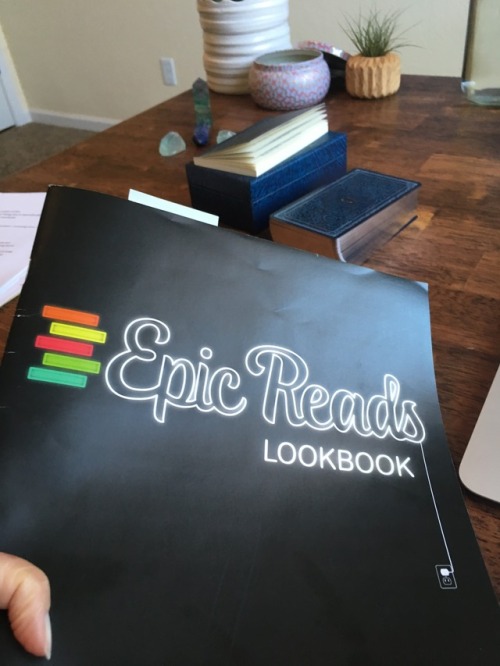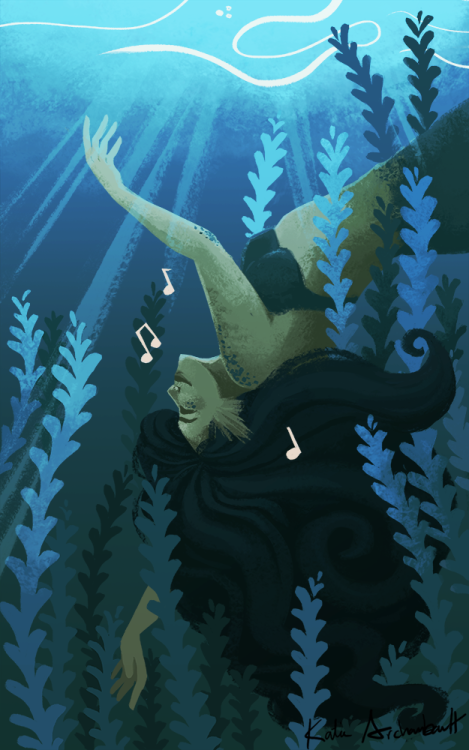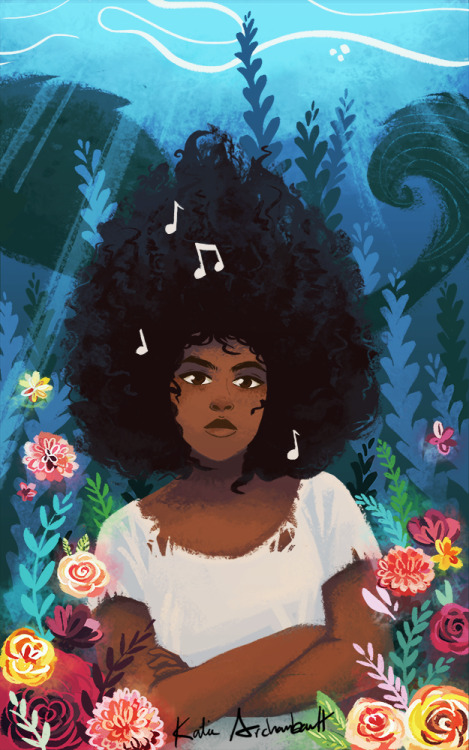#young adult novel
The forever delightful Jessi Kirby sent me these pics yesterday while I was standing in Starbucks (iced venti decaf Americano, as you do). I let out a muffled scream and then pretended to casually browse the pastry display while trying not to melt down. I’m never quite ready to see my words beyond just a Word document on my computer.
(I also just want to clarify that Maya, Joaquin, and Grace are half-siblings, not triplets. Please don’t send me angry mail wanting to know where the heck the triplets are!)
Post link
Coming October 3, 2017 from Harper Teen
FAR FROM THE TREE by Robin Benway
“What Does It Mean To Be a Family?”
Being the middle child has its ups and downs.
But for Grace, an only child who was adopted at birth, discovering that she is a middle child is a different ride altogether. After putting her own baby up for adoption, she goes looking for her biological family, including—
Maya, her loudmouthed younger bio sister, who has a lot to say about their newfound family ties. Having grown up the snarky brunette in a house full of chipper redheads, she’s quick to search for traces of herself among these not-quite-strangers. And when her adopted family’s long-buried problems begin to explode to the surface, Maya can’t help but wonder where exactly it is that she belongs.
And Joaquin, their stoic older bio brother, who has no interest in bonding over their shared biological mother. After seventeen years in the foster care system, he’s learned that there are no heroes, and secrets and fears are best kept close to the vest, where they can’t hurt anyone but him.
Robin Benway’s beautiful interweaving story of three very different teenagers connected by blood explores the meaning of family in all its forms—how to find it, how to keep it, and how to love it.
Post link
By Sonia Patel
While YA novels are increasingly diverse, safe diversity—with accessible and likable protagonists and their convenient struggles—is usually seen as enough. These unoffending books tend to be championed and more popular. Unsettling diversity, on the other hand, is often frowned upon, discounted, or misconceived.
I’m a practicing child and adolescent psychiatrist and a young adult novelist. To me, dismissing YA that’s outside the realm of palatable diversity is like a psychiatrist refusing to treat certain teen patients because they have “too many problems.”
I’ve spent over fifteen years treating diverse teens who suffer tremendous adversity—abuse of all kinds, neglect, parental mental illness or drug use, etc. Medical research proves that youth exposed to these types of adverse experiences have an increased incidence of chronic medical and mental health problems, increased risky behaviors, and less future success. That’s why I’m dedicated to being in the trenches with them, helping them dodge life’s bullets. Hoping to steer them to higher ground.
An example is in order.
Kai (not his real name), a seventeen-year-old Filipino-Hawaiian-Japanese-Korean boy, is sitting across from me, staring out the window. It’s been six months of almost weekly individual talk therapy sessions. I bring up the heavy family issue. Kai presses his lips together. Suddenly he shoots up, a scowl covering his usual poker face. He takes three steps to the large window and slams his head, three times. A pause then three more slams.
I call his name. He glances over his shoulder, his eyes moist. In a gentle voice, I ask, “Will you sit down or should I call the police to keep you safe like last time?”
He punches his head three times. “It hurts so much in here,” he angry whispers, tears now streaming.
“Let’s talk about it,” I suggest.
He glares at me but then sits. “Fine,” he mutters.
That was Kai’s breakthrough moment. It was the first time he spoke about a feeling instead of showing it with alarming behavior. It was the moment we started translating his behavioral language (obsessions, compulsions that were often harmful to himself, bullying, social isolation, alcohol use, and truancy) into English words.
Still, healing took years. Negative coping strategies had been automatically reinforced, and eventually hardwired, in his brain. New, positive brain pathways took time and work to form.
I have personal experience with this. You see I grew up in a dysfunctional Gujarati Indian immigrant family with dark secrets. The opposite of the typical Bollywood family depiction. I started writing to cope. It was poetry and rap at first. It turned into my debut young adult novel Rani Patel In Full Effect.

I struggled with how to portray Rani, my Indian-American main character. In the real way teen survivors of sexual abuse present to my office? Or in a sugar coated way with righteousness, fully formed feminist strength and insight, and flowery perfect prose to make her more appealing to readers?
I decided on real. Real meant raw and flawed. Real meant making her an uncomfortable protagonist. As a reader, you invest time caring about her. But Rani doesn’t have gorgeous words to describe the pain of her abuse, she speaks by recreating her role as an object for men to use and ends up making obviously bad decisions. You want to scream at her. That’s what it like supporting a person working to recover from trauma.
My next YA novel, Jaya and Rasa: A Love Story is based on amalgams of real teen patients. Sorry, but there’s nothing comfortable about walking in the shoes of a depressed, suicidal Indian-American trans boy and a sex trafficked mixed ethnicity girl.
My third YA novel, Bloody Seoul, will be released in July. The main character, Rocky is Korean and has aspects of Kai, other patients, and my imagination. If Rocky kept a journal, his abrupt sentences would reveal his brain’s ingrained survival reactions to the chaos of his mother’s abandonment and his father’s violence—a hard edge, limited empathy, emotional unavailability, and OCD behavior.
My fourth YA novel will follow suit. I can’t stop, won’t stop, introducing troubling protagonists because there are entire groups of diverse youth not yet represented.
YA lit needs to transcend safe diversity. It needs to be enthusiastically inclusive of disturbing realistic novels that purposefully miss the bull’s-eye of acceptability. Even when it’s really hard, we need to try to understand all teen protagonists who engage in incomprehensible behaviors. Even if we don’t agree, we need to try to empathize with them when they make upsetting choices. That is true tolerance. That is true diversity.
You can find this post and others by Sonia Patel on her blog here.


Sonia Patel is a psychiatrist who works with children and adults. She chose South Korea as the setting for her third YA novel, Bloody Seoul, because of her extensive treatment experience with Korean and Korean American teens on Oahu (and her love for the Korean gangster film genre). Her YA debut featuring a Gujarati-Indian American teen, Rani Patel In Full Effect, was a finalist for the Morris Award and was listed on YALSA’s Best Fiction for Young Adults. Her second YA novel, with a Gujarati-Indian trans boy and a mixed ethnicity girl, Jaya and Rasa: A Love Story, was selected for the 2019 In the Margins Book Award Recommended Fiction Book List.
Qamber Kids recently asked me to join their team of children’s book illustrators You can read an interview I did with them here.
I’m really excited to be able to share my first book cover while working with Qamber Kids! A young adult novel, Out of the Blue, by Stephanie Rose Bird. Available for pre-order on Amazon.
You can see progress shots for this piece on my Patreon (link below) :)
—
•Instagram, Facebook, Twitter, etc.•
Post link
i love YA fiction but it’s so funny to me that a bunch of sixteen year olds are walking around murdering people and sacrificing themselves for love and martyrdom and the Greater Good and i’m sitting here doing calculus like “yes this is relatable i too hold my enemy at sword point and would be easily able to knock out a man three feet taller than me” whereas in reality i can’t win an arm wrestling match and i leave the house once every three months





